What is so special about Oud?
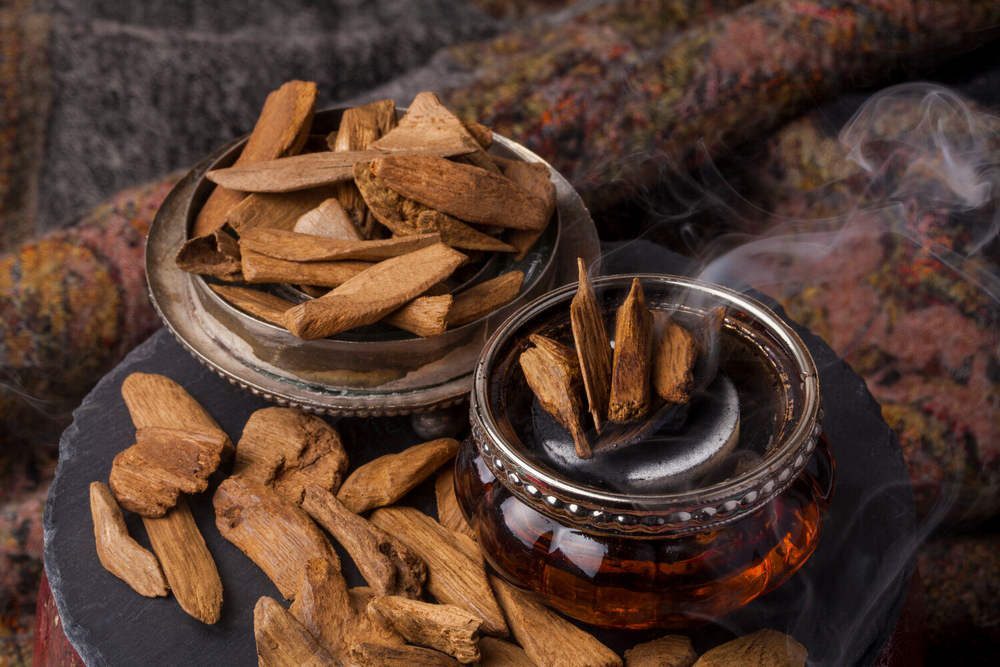
It’s not the price of oud that makes it so unique and sets it apart in the entire natural perfume industry, but the factors involved in heightening the prices. Do you want to know what is so special about oud? – Please keep reading.
In this article, we’ll explore what is so special about oud. But before getting into that, it’s worth knowing exactly what oud is and its history of origins a little bit more, as these are also important in understanding its specialty. So, let’s get started.
Table of Contents
What is oud?
Oud is a resinous aromatic material produced by the Agarwood tree in response to a specific mold infection. A dark, dense, resinous oil is released and mixed with the tree’s heartwood to fight against the infection, making both the wood and the resin one of the most precious natural materials in perfumery: the oud or oudh.
The origins of Oud
Though oud is best known for its unparalleled popularity in Arabian Peninsula countries, it originates in Asia, particularly in India. The use of oud as a scent ingredient in Asian countries dates back to the 3rd century A.D.
In Vietnam, the resinous material was used as a part of incense extracted from the Agarwood trees for centuries. Then, traders of spices recognized the distinct quality of oud and started to export this precious material to Japan, China, and the Islamic world, where it was highly valued for personal perfume and medicine.
As centuries went on, both the source tree (Agarwood) and the scent material became an integral part of the Middle East culture, with the unique quality of smells that has no other simile being seen as a symbol of majestic status. Since both the naturally occurring agarwood source and the natural form of oud are hard to come by, the demand and use continue to grow, and so do the prices.
What is so special about Oud?
Oud has been found to have the status of “special” in perfumery throughout history, timelessly across all parts of the world. There are two main reasons that make it unique: the distinct aroma of oud, unlike any other, and the complications of producing and harvesting oud. Let’s take a deeper look at these factors one by one.
The distinct aroma of Oud is unlike any other
One of the main factors of its specialty is the distinct aroma of Oud with no other simile existing in nature. Though the scent of oud may vary depending on its age as well as the precise place of origin, it’s noted for having a complex, pungent, animalic, and musky scent. This scent has made its way into the natural perfumery world for thousands of years.
The strong, mesmerizing, and bewitching quality of the oud scent is easily recognizable, which can draw instant attention, making it difficult to pass by without admiring it. The specialty and popularity of oud seem to be often owed to this unique scent of oud. This is the reason why oud is the one and only oud, unlike any other, making it a perfume of royalty, throughout history and to date.
However, for people who find the scent of oud too strong, it can be cut down with other fragrance notes. But this is not something that connoisseurs of natural perfumes widely accept; rather, many consider it an affront to oud. Many others think this is easier for newcomers in the world to acclimate to the scent of natural oud.
The complications of producing and harvesting Oud
Oud is one of the most sought-after natural perfume materials across the world fragrance market, making it one of the most expensive ones as well
One reason that makes oud so special is the process of how oud is produced and harvested. When a parasitic mold, scientifically known as Philalophora parasitica, attacks the Agarwood trees and causes infections, some trees release a dark aromatic resin as a response to infections to entrap the parasite within. Once this resin dries and hardens, both the heartwood of the tree and the resin are considered oud, which can only then be harvested. The entire process is called tylosis, which may lead to long-run life and death struggle for the trees to survive.
It sounds like a very complex process, doesn’t it? Yes, that’s because it truly is. Agarwood trees grow only in certain parts of the earth, and not all trees have the specific capacity to produce oud even though they get infected by that specific fungus. As a result, only an estimated total of 2% of Agarwood trees can actually produce oud worldwide. These trees can hold onto this ability for decades, so the older Agarwood trees are especially demanded. The older the trees and the oud, the denser, more complex, more scented, and more expensive they are.
Because of its excessive rarity, oud has become highly expensive and sought-after. In most areas where the agarwood trees grow naturally, this has led to the poaching of the trees and their scented materials (oud), making it an endangered plant species.
In some areas, an alternative to harvesting oud from naturally occurring older agarwood trees has been explored by artificially wounding the trees and inducing the process of releasing oud from the trees called tylosis. Harvesting oud in this manner can be done, but it lacks the complexity and intensity of the oud materials that are produced naturally.
Final words
Oud has been extraordinary in perfumery throughout history for thousands of years and, of course, for good reasons. Explore what is so special about oud. You’ll find that two main factors set it apart from other perfumery materials and make it so memorable in the entire world fragrance market – the distinct scent which does not have any simile and the complex process of producing and harvesting it.
The natural oud is obviously the one and only material that is sure to leave a lasting spellbound impact on anyone who experiences it, which cannot be replaced with any artificial recreations.
Here you can see our pure and natural Oud and Oud Perfumes
SEE ALSO:

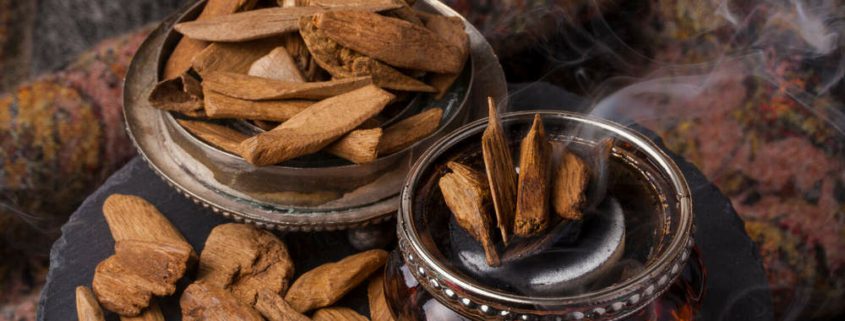
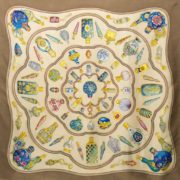
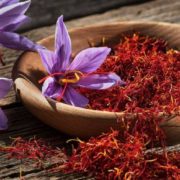


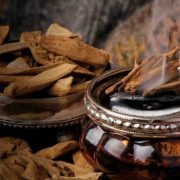
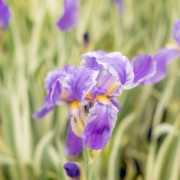













Leave a Reply
Want to join the discussion?Feel free to contribute!